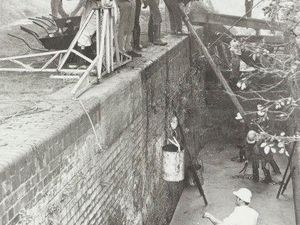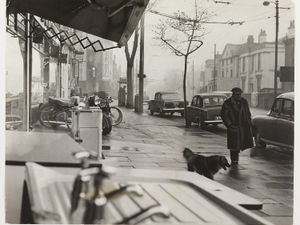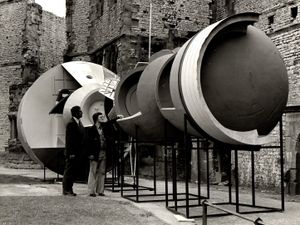Air we go for Birmingham airport's 1930s take-off
Come fly with me... The dawn of cheap air travel in the 1960s saw the iconic terminal building at Birmingham airport become familiar to generations of Midlands holidaymakers.
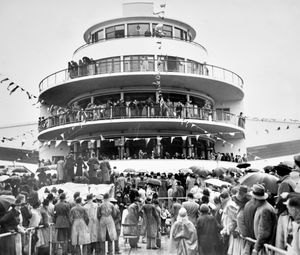
They would eat at the Skyways restaurant, and stand on the balcony watching flights come and go.
But it's been 40 years since the distinctive 1930s building was last used by the general flying public. Unable to cope with soaring passenger numbers, it was replaced by a new terminal built the other side of the runway in 1984.
Despite its place in aviation history it did not enjoy any special protection. This was to prevent it hindering future development and expansion of the airport. So, after being vacated following a flood in early 2018 caused by a frozen boiler, there were real fears that this Art Deco-style gem would be lost, and a campaign was launched to save it.
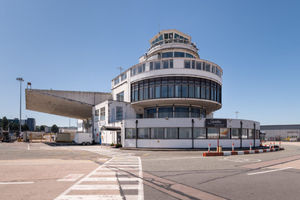
It bore fruit, as in August 2018 Historic England gave the Elmdon terminal building Grade Two listed status, describing it as a striking design and statement piece of 1930s architecture, and citing "the playful yet functional reference of air travel in the design, notably the 'wings' to either side of the building.
"Its historic interest was "as an example of the early development of civil aviation, as a purpose-built terminal building which also incorporates a control tower; as an example of the work of Norman and Dawbarn, among the most prolific architects working on airport design during the 1930s."
Among their other works had been Wolverhampton's airport, at Pendeford.
We've dipped into the Star's photographic archive to bring you a picture of the official opening day, Saturday, July 8, 1939, in a ceremony performed by the Duchess of Kent and attended by, among others, Prime Minister Neville Chamberlain and Sir Kingsley Wood, the Secretary of State for Air. As you can see from the brollies, the event was affected by rain and low cloud which hit the plans to have a programme of flying.
The Duchess had hoped to fly from the airport to London after performing the opening ceremony, but with the weather too bad for flying she caught the 3.30pm train from Birmingham instead.
Those "wings" at the side of the building were to prove useful in providing shelter from the elements for the small crowd.
Historic England says the building at what was then called Elmdon Airport was designed to be more than functional - it was to be an experience for passengers and spectators alike, with numerous facilities, including a restaurant and a balcony from which the whole aerodrome could be seen.
Services had begun several months before the official opening. Compared to the list of far-flung international destinations available today, you couldn't get far. There were regular flights to Croydon, with connections to the continent, with other destinations including Glasgow, Liverpool, Ryde, Shoreham, Manchester, and Southampton.
Most sources including the airport's own history say commercial flights began in May 1939, but according to our files the first commercial flights began on March 20, twice daily to Bristol and Weston-super-Mare.
The outbreak of war in September 1939 saw the airport requisitioned by the Air Ministry and it was used as an elementary flying training school for the RAF and Fleet Air Arm - as it happens, one of the pilots taught to fly at Elmdon with 14 EFTS was my own father, going solo in a Tiger Moth on May 22, 1942.
Civil flying resumed after the war and Elmdon developed as an international airport. A terminal extension, known as the International Building, opened in 1961 and in 1984 a new airport terminal was opened by the Queen.
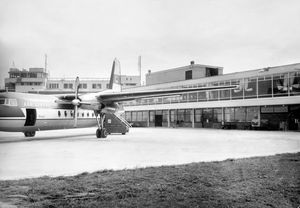
It spelt the end of an era, with the old terminal it replaced thereafter specialising in private flights for wealthy individuals, VIPs and royalty, as well as being used as offices.
In 2019 a £500 million airport upgrade was announced, with part of the work including bringing the old terminal back into use.

